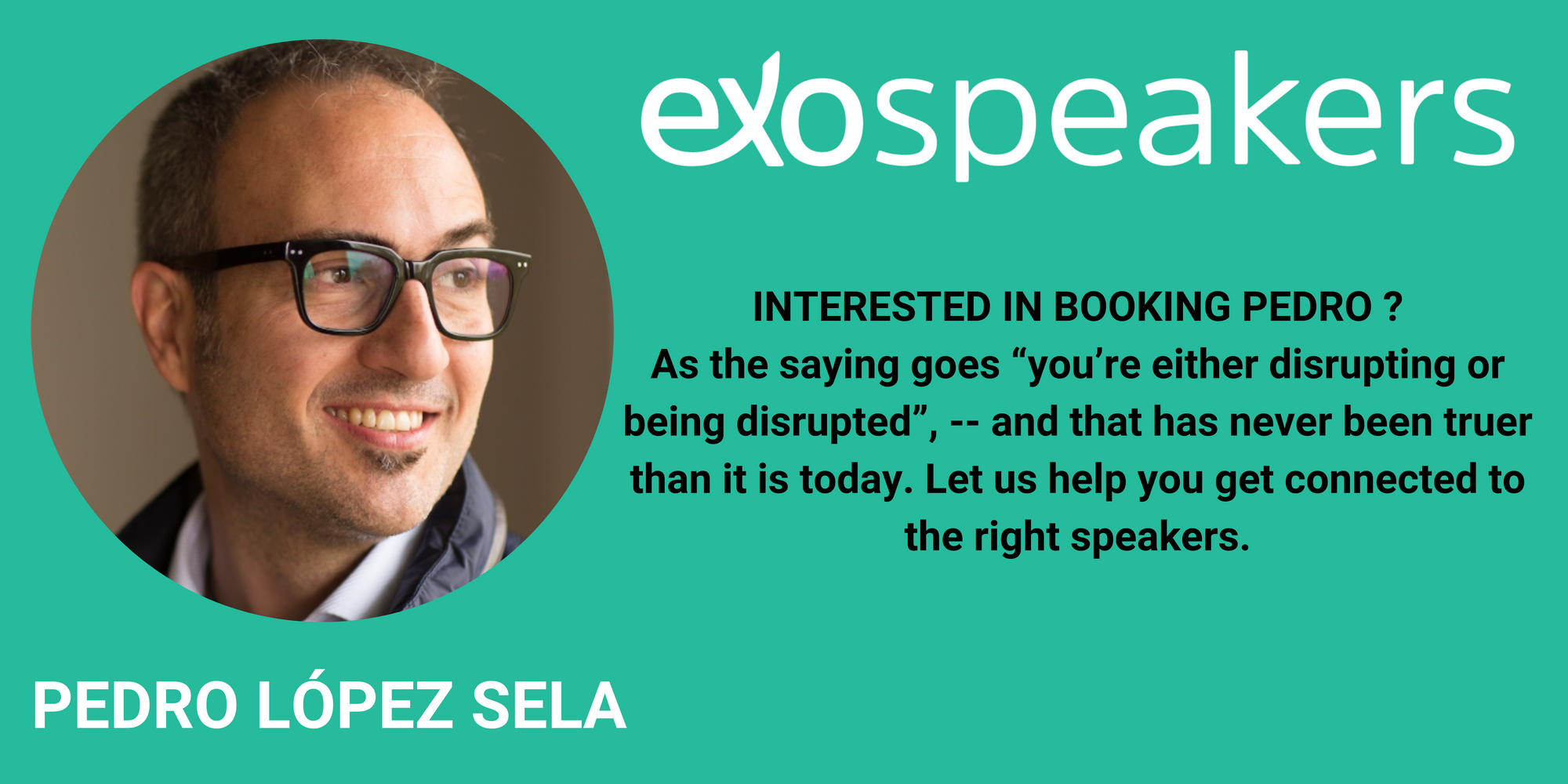
Developing & Selecting Talent In The Right Way
The study of successful companies has led to the identification of some practices that have proven to be effective in growing an organization in a structured manner. These practices will be discussed here.
Many companies, even the most efficient ones, forget the importance of their employees and their need for development within the organization, as well as the need to know how to select new elements with the potential to grow and strengthen the organization.
Employees are usually seen as a resource and not as an intangible asset that gives value to the organization. Similarly, business leaders underestimate the importance of hiring the right people and make the mistake of recruiting people who lack specific skills. This overlooks the consequences that this can have, among which the following are worth mentioning:
- Impact on the mood, morale, and motivation of current employees
- Direct cost of the new hire (time and money)
- Delays in active incorporation due to induction processes
- Time and money wasted in situations of higher productivity
- Stress and anxiety when the relationship breaks down
On the contrary, there are companies whose leaders realize in a timely manner the importance of improving the work environment and scaling their teams to obtain the maximum benefit and productivity without demeaning the dignity of their employees.
To this end, these companies undertake processes include:
- Interviewing and selection focused on the needs of the position
- Attraction and retention of talented candidates
- Immediate onboarding
- Well-structured training according to needs
- Evaluation processes focused on employee development
The study of successful companies has led to the identification of some practices that have proven to be effective in growing an organization in a structured manner. Among these practices are the following:
Attracting talent
Many job seekers are looking to join companies that are aligned with their own values and interests. Hence the importance of highlighting the company's philosophy and values in the hiring kits and including them in the Job Description.
At the same time, it is good to communicate to current employees the open positions and requirements, in order to achieve a greater reach among possible internal and external prospects, without forgetting to contact the higher education institutions that offer the careers from which suitable candidates for the position may emerge.
Interview and proper selection
Brad Smart developed a methodology called Topgrading that is recognized as the best tool for identifying, hiring, and promoting talent since it generates a clear scheme of how the person has evolved through dozens of competencies.
Using a methodology helps to significantly improve the success rate (25%) in hiring. In a simple version, this methodology considers five steps for a better hiring process:
- Inject “truth serum” through leadership candidate assessment
- Develop a detailed selection criteria
- Develop an interviewing guide
- Use a tandem interviewer (two) for comparison and feedback
- Ask the candidate to set up reference calls with their former bosses
Exhaustive incorporation
When a new employee arrives, they are often given a quick welcome and are placed in their job to start immediately, thus missing a great opportunity to reinforce commitment and stimulate openness to the organization in order to increase productivity.
It is often forgotten the importance of dedicating enough time to make a good immersion to the position and the company so that the new employee understands in depth the philosophy and values of the company and facilitates the relationship with other employees and executives. Correct incorporation allows the new employee to feel part of a team and to reinforce his or her belief that he or she has made the right decision when joining the company.
Regular and structured in-house training
Assertive and timely communication is very important, especially when starting a working relationship. Communicating and giving feedback in real-time in a timely manner is critical from the beginning in order to avoid misunderstandings and aggressive conversations later on. Talking frankly, clearly, and assertively from the beginning and throughout the relationship will avoid many problems and have an impact on the productivity of the business, while strengthening loyalty and the spirit of belonging.
Continuous learning and development
In today's competitive business world, it is very important to invest in the continuous improvement of employees. While there are still companies that think that this represents an expense and entails the risk of training an employee who will eventually leave and another company will take advantage of his or her preparation. Companies are busy anticipating changes and growing, invest in the professional growth of their employees in order to continue growing.
A minimum investment of 3% of revenues in personnel training and development contributes to the development of the organization and avoids the risk of losing market share.
Increasing the number of people in the right way
Growing without a plan can put the company's finances at risk. That is why it is important to hire new employees in the right way. Many executives believe that staff growth should only respond to production needs and ignore the importance of proper planning to which the necessary time and energy must be invested.
Doing so with discipline allows you to increase staff in the right way without jeopardizing the financial structure.
These ideas, put into practice in an orderly manner, will undoubtedly contribute to strengthening a company with solid foundations that enables them of leading in the corresponding sector.

ExO Insight Newsletter
Join the newsletter to receive the latest updates in your inbox.









